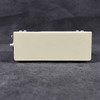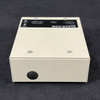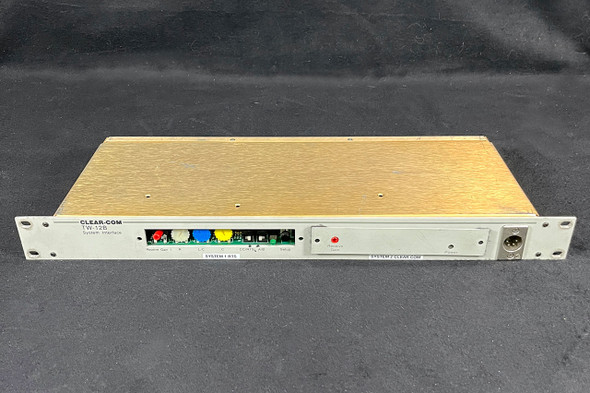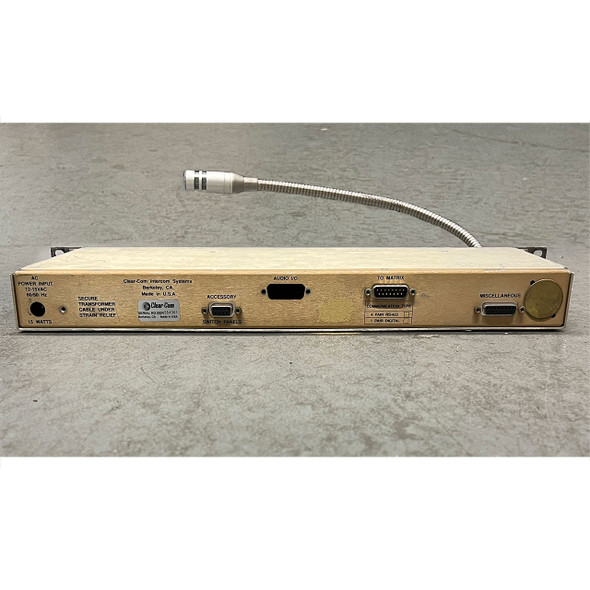Clear-Com
Clear-Com RMK-1 Remote Mic Kill for Clear-Com intercom systems
- MPN:
- RMK-1
- Condition:
- Used
- Availability:
- Usually ships within 2 business days when in stock.
Description
Used – Good: The item is in good condition and is fully-functional but shows signs of wear from use. It may have markings and minor cosmetic damage. Parts, accessories, and instructions may be missing. Item is repackaged. SOLD AS IS.
Clear-Com has developed the RMK (Remote Mic Kill) System as a solution to one of the most common, disruptive problems encountered in intercom networks: the open microphone that cannot be easily located. IF an intercom user forgets to turn off their mic after speaking, the "open" mic can pick up uncontrolled ambient noise that can overwhelm normal communications. Clear-Com's RMK System solves the problem by enabling all Series 500 Belt-Pack microphone circuits to be muted when the situation arises. The Visual Call Signal push button on another intercom station, the RMK-l Control Unit pushbutton, or an external pushbutton can be pressed to activate the RMK. The RMK-1 Control Unit also provides an LED power-on indicator. Use of the RMK System does not affect other belt-packs and intercoms in the system.
Time Delay Circuitry: Designed for operation by the call signal circuit, the RMK System features time delay circuitry which prevents the Remote Mic Kill From being activated when a user wishes to send a standard call signal. The time delay is pre-set for seven seconds, so the intercom user must continuously depress the call button for seven seconds to activate the RMK.
Applications: The Remote Mic Kill is designed fro live performance situations, high noise/industrial environments, broadcast facilities, and other places where remote control of mics is desireable.









